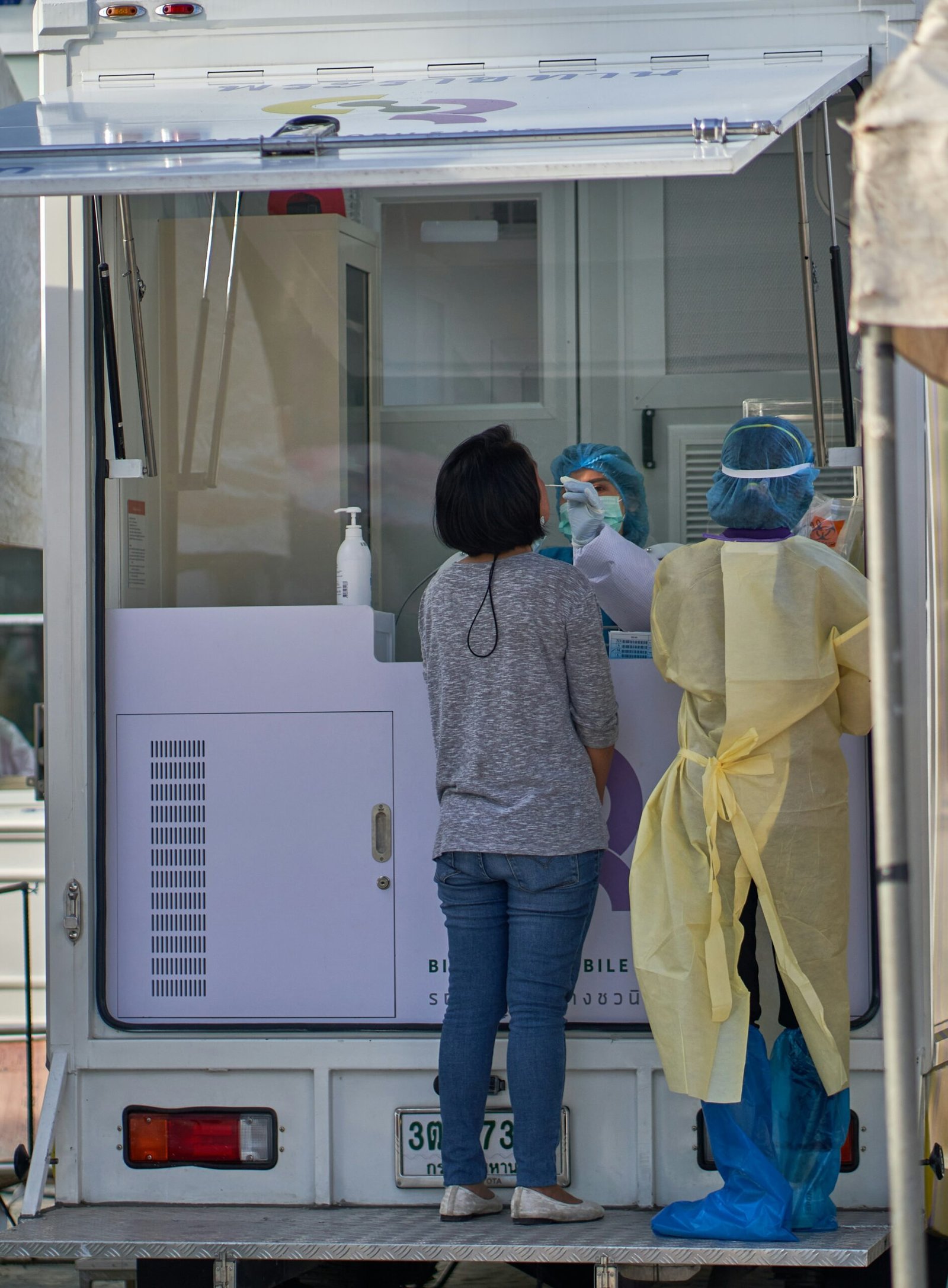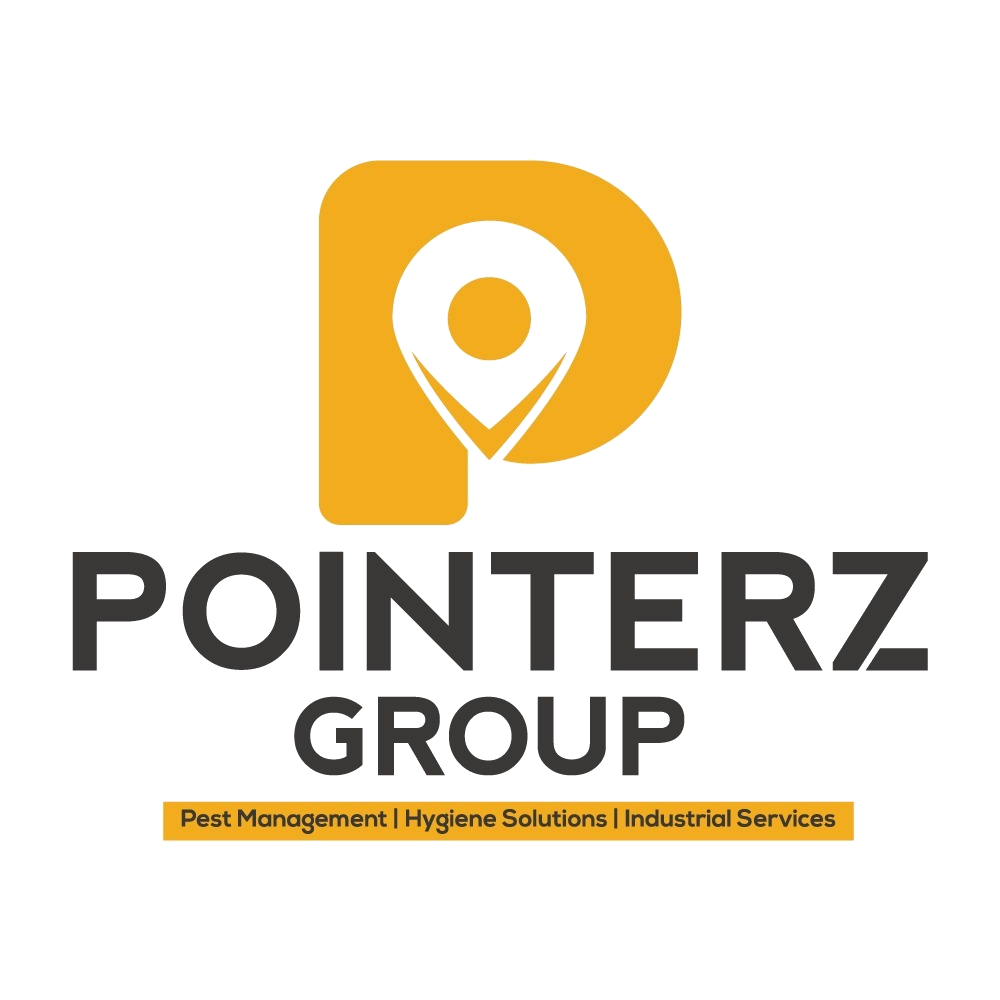

Introduction to Personal Protective Equipment (PPE)
Personal Protective Equipment (PPE) refers to a range of equipment and gear designed to protect individuals from various hazards that may cause injury or illness. PPE encompasses items such as helmets, gloves, eye protection, high-visibility clothing, and respiratory protective equipment. The primary objective of PPE is to mitigate risks associated with physical, chemical, biological, and ergonomic hazards present in diverse work environments.
The importance of PPE in safeguarding workers cannot be overstated. Regulatory bodies, such as the Occupational Safety and Health Administration (OSHA) in the United States, have established stringent guidelines to ensure the proper use of PPE. These standards mandate that employers provide appropriate PPE to their employees and ensure its correct usage, thereby minimizing occupational hazards. Compliance with these regulations not only enhances worker safety but also contributes to overall workplace efficiency by reducing accident-related disruptions.
PPE serves a fundamental purpose in a variety of industries, including construction, healthcare, manufacturing, and mining. For instance, in the construction sector, hard hats protect workers from head injuries due to falling objects, while in healthcare settings, gloves and face masks are essential in preventing the transmission of infectious diseases. Each type of PPE is designed to address specific risks, making it an indispensable component of occupational health and safety strategies.
The concept of PPE is not new; its origins can be traced back to ancient civilizations where rudimentary forms of protective gear were used. Over the centuries, advancements in technology and materials have significantly improved the effectiveness and comfort of PPE. Today, modern PPE incorporates cutting-edge innovations such as lightweight materials, enhanced durability, and ergonomic designs, ensuring better protection and usability.
In conclusion, Personal Protective Equipment plays a crucial role in mitigating workplace hazards and ensuring the safety and well-being of workers across various sectors. By adhering to regulatory standards and implementing appropriate PPE, employers can create safer work environments and foster a culture of safety and vigilance.
Types of PPE: A Comprehensive Guide
Personal Protective Equipment (PPE) plays a crucial role in safeguarding workers from various workplace hazards. PPE is categorized based on the part of the body it protects, ensuring comprehensive safety across different scenarios and industries.
Head Protection
Head protection is paramount in environments where there is a risk of falling objects, electrical hazards, or impact with stationary objects. Helmets and hard hats are essential in construction, mining, and manufacturing. These PPE items are designed to absorb shock, distribute impact forces, and prevent head injuries.
Eye and Face Protection
Eye and face protection is necessary in industries where workers are exposed to flying debris, chemical splashes, or harmful radiation. Safety glasses, goggles, and face shields form the frontline defense in laboratories, welding shops, and construction sites. These tools prevent eye injuries and facial burns, significantly reducing the risk of long-term damage.
Respiratory Protection
Respiratory protection is vital in environments with airborne contaminants, such as dust, fumes, and hazardous chemicals. Masks and respirators filter out harmful particles, protecting the respiratory system from damage. Industries like healthcare, painting, and chemical manufacturing rely heavily on respiratory PPE to maintain safe breathing conditions.
Hand Protection
Hand protection includes various types of gloves designed to mitigate risks such as cuts, abrasions, chemical burns, and thermal injuries. From nitrile gloves in healthcare to heavy-duty rubber gloves in industrial cleaning, each type is tailored to provide maximum protection based on the specific hazards faced by workers.
Body Protection
Body protection encompasses coveralls, aprons, and full-body suits that shield against chemical spills, heat, and biological contaminants. These PPE items are crucial in sectors like pharmaceuticals, food processing, and hazardous material handling. They provide a barrier that minimizes skin contact with harmful substances.
Foot Protection
Foot protection is essential to prevent injuries from falling objects, sharp materials, and electrical hazards. Safety boots and shoe covers are designed with reinforced toes, slip-resistant soles, and insulation properties. Industries such as construction, logistics, and manufacturing utilize foot protection to ensure workers’ feet remain uninjured and comfortable.
Understanding the various types of PPE and their specific applications is vital for ensuring workplace safety. Each type of PPE is designed to address specific hazards, making it crucial for workers and employers to select the appropriate equipment for their unique environments.
Proper Usage and Maintenance of PPE
To ensure personal protective equipment (PPE) serves its intended purpose, it is crucial to adhere to best practices for its usage and maintenance. Properly wearing and fitting PPE is the first step to maximizing its effectiveness. Different types of PPE, such as gloves, masks, and helmets, require specific fitting procedures. For example, respirators must seal tightly around the face to prevent air leakage, while gloves should fit snugly without compromising dexterity.
Regular inspection and maintenance of PPE are equally important to sustain its protective capabilities. Before each use, examine PPE for any signs of wear and tear, such as cracks, holes, or fraying. Damaged equipment should be immediately replaced. Establishing a routine maintenance schedule can help identify and rectify issues before they compromise safety. Additionally, follow the manufacturer’s guidelines for the lifespan of each PPE type, as overused equipment may not provide adequate protection.
Cleaning and storing PPE correctly is vital for maintaining its integrity. Reusable PPE must be cleaned according to the manufacturer’s instructions, using appropriate cleaning agents that do not degrade the material. For instance, some chemical-resistant gloves require specific solvents for cleaning, while fabric-based PPE might necessitate laundering with mild detergents. Proper storage is also crucial; PPE should be kept in clean, dry areas away from direct sunlight, chemicals, or physical damage.
Avoiding common mistakes can significantly enhance the effectiveness of PPE. One frequent error is using damaged or compromised PPE, which can offer a false sense of security. Another mistake is improper donning and doffing procedures, which can lead to contamination or reduced protection. Additionally, neglecting to train employees on the correct usage of PPE can undermine safety efforts. Comprehensive training programs should cover the selection, fitting, usage, and maintenance of PPE, ensuring that all employees are well-versed in these critical aspects.
By following these guidelines, organizations can ensure that their PPE remains effective, providing optimal protection for their employees in various workplace environments.
Emerging Trends and Innovations in PPE
The landscape of Personal Protective Equipment (PPE) is continuously evolving, driven by technological advancements and the pressing need for improved safety standards. Recent innovations have introduced smart PPE, which integrates advanced technology to monitor health and safety parameters in real-time. For instance, smart helmets and vests equipped with sensors can track vital signs, detect fatigue, and alert workers and supervisors to potential hazards. This integration of technology not only enhances personal safety but also provides valuable data that can be used to improve workplace safety protocols.
In addition to smart PPE, significant progress has been made in the development of new materials that offer superior protection and comfort. Innovations in nanotechnology and advanced composites have led to the creation of PPE that is lightweight, flexible, and highly durable. For example, the use of graphene and other nanomaterials in gloves and masks provides enhanced barrier protection while maintaining breathability and dexterity. These advancements are particularly beneficial in industries where workers are exposed to hazardous substances or extreme conditions.
The COVID-19 pandemic has also accelerated the development and adoption of PPE. The urgent demand for effective protective gear has spurred innovations in mask design, such as the use of antiviral coatings and improved filtration systems. Additionally, the pandemic has highlighted the importance of PPE in infection control, leading to increased research and investment in this area. As a result, we can expect to see continued improvements in the efficacy and accessibility of PPE in the coming years.
Looking ahead, the future of PPE design and functionality promises further enhancements. Researchers are exploring the potential of wearable technology to provide continuous monitoring and feedback, as well as the use of artificial intelligence to predict and prevent workplace accidents. Efforts are also being made to develop eco-friendly PPE that minimizes environmental impact without compromising on safety. These ongoing innovations reflect a commitment to advancing worker safety across various industries, ensuring that PPE remains a critical component of occupational health and safety strategies.
